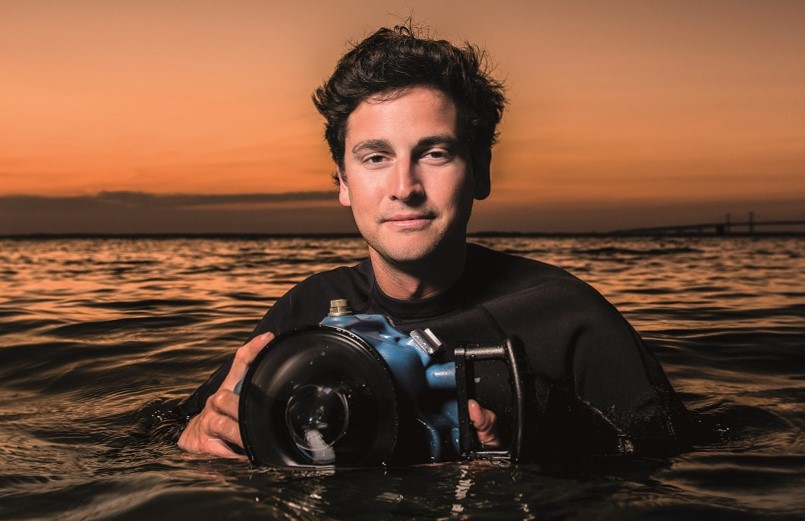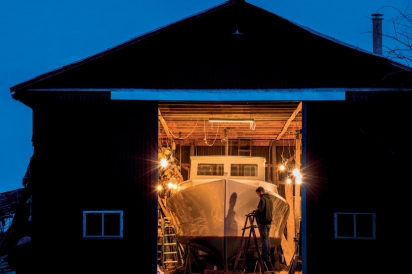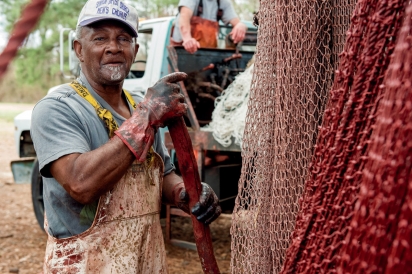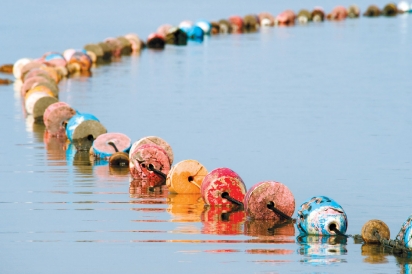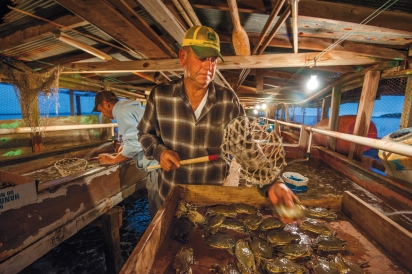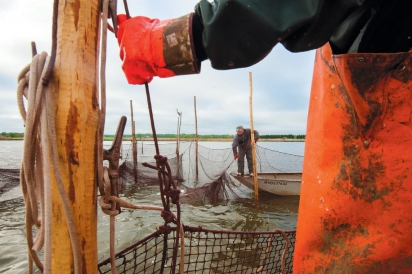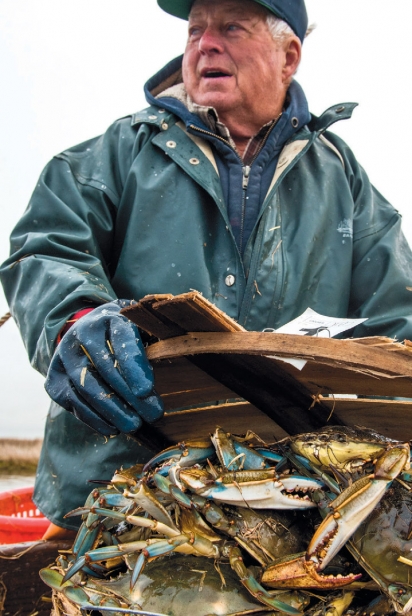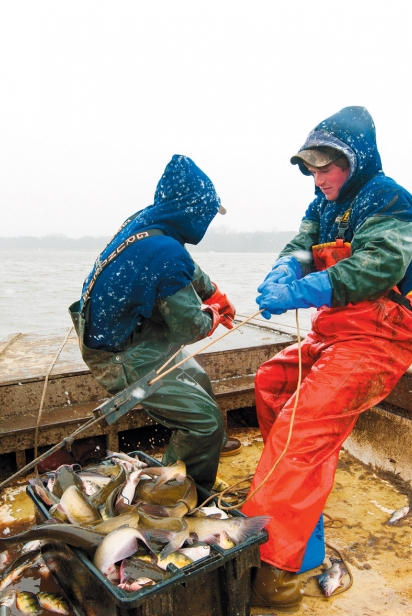Capturing the Chesapeake: Photographer Jay Fleming
Photographer Jay Fleming has a gift for telling the stories of the Chesapeake Bay and the people who call it home
Jay Fleming kindled his passion for photography at thirteen when he inherited his first camera from his father, former National Geographic photographer Kevin Fleming. And his fascination with fisheries ties back to his mom, a long-time employee with the Department of Natural Resources. But his eye for a good story and love for the Chesapeake Bay has always been part of his DNA, nurtured by a childhood on its shores and fed by an innate and boundless curiosity.
“Growing up in Annapolis, all of this stuff was so close to me, but I was not really aware of it until I dug deeper,” Jay says. “The changing culture, fisheries and environment of the Chesapeake Bay are major inspirations.”
Those passions all came together last fall with the publishing of Working the Water, his beautiful 280-page art-book tribute to the Chesapeake Bay and the lives of the watermen who make their living from it. Jay credits the three-year book project with shaping him as a photographer and a person, and he has formed bonds of respect and friendship with the watermen - and their families - who he met along the way.
“I knew I wanted to preserve this Chesapeake Bay lifestyle the best way that I knew how – photographically,” he says.
Well done, Jay Fleming, well done.
Photos and excerpts are from the SPRING chapter of Working the Water, documenting a time of transition on the Chesapeake as the waters warm and days get longer, the Bay comes to life, and watermen shift gears from oystering to fishing and crabbing. Visit www.jayflemingphotography.com to learn more.


